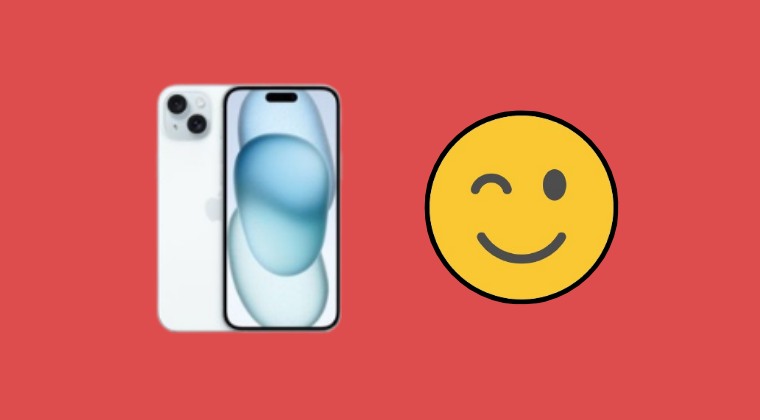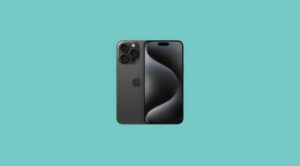Ever since Apple released its latest iteration of iPhones, I have been bugged by this question by many colleagues and relatives: “Should I buy an iPhone 15 in India for Rs 80,000″. Or to phrase it more concretely: Why Should I buy such a costly phone when an Android device with literally half [or even more] of its price might checkmark most of my requirements?”
Since every year it’s the same question being asked, I decided to pen down all the pros and cons of both these ecosystems so that you could decide which side of the fence you wish to reside in. So on that note, let’s hop on to this journey [which is going to be quite an intriguing one!].
Table of Contents
Are Apple Out of their Minds to Charge Such an Astronomical Amount for their iPhone?

What in the freaking hell is going on? Who in the right mind will shell out Rs 80,000 [which is just for the base variant, the largest variant, 15 Pro Max costs around Rs 1,60,000]? Making matters worse is the fact that it still lags behind in quite a few aspects when compared to its counterpart, as listed below [Each of these points will be counter-argumented in the Pros section before we come to a decision, so Apple fanboys hold onto your hats for a bit!].
Refresh Rate
The latest iPhone 15 still has only 60Hz refresh, which people residing in caves used to have. Even Google’s Pixel 7A, which costs around Rs 44,000 supports a 90Hz refresh rate. And some Android devices such as Moto Edge 30 Pro even take this number up to 144Hz.
Camera
Optical Zoom in iPhone 15: that doesn’t exist in their dictionary, though the 15 Pro [Rs 1,35,000] has 3x and the Pro Max [Rs 1,60,000] has 5x optical zoom. What’s the case with Android? Again, it takes an upper hand! Google’s Rs 85000 Pixel 7 Pro has a 5x optical zoom, and Samsung’s Rs 1,25,000 Galaxy S23 Ultra has 10x.
USB Transfer
After the implementation of the EU law, Apple had to finally replace its traditional lighting port with USB C. While the Pro and Pro Max have USB 3.0, the 15 and Plus have the older 2.0 thereby a slower file transfer speed is on the cards [as if wired transfer wasn’t already slow enough!]. Though one could bypass this limitation by using wireless transfer or AirDrop, but most users usually prefer wired methods to get the job done.
Battery
There isn’t much of a difference here. While the iPhone 15 offers 4400mAh, Android devices usually touch the 5000mAh mark. However, as far as the battery capacity is concerned, the iPhones are around 30W whereas Android could be found roaming in the streets of 40W, though one or two have taken it to the astronomical 100W mark.
Price
Many users are perplexed as to why Apple ends up charging such a high price for its products when it tends to do justice in some of the most basic domains listed above. Moreover, in the Keynote they said that haven’t increased the iPhone’s price, but that was only true for the US. For the majority of us, we might have to deal with a price increment.
Closed Source
While it’s not the case especially with iPhone 15 and has been going on since the first iOS version, but the fact that you cannot install apps from outside the App Store might be a major repelling factor for many users.
Combine all the aforementioned reasons and it literally makes a no-brainer why one should opt for such a costly device that misses the mark in some major departments. Well, there are two sides to every coin and before you jump to any conclusion, read the other side of the story as well:
Oh Wait, the iPhone 15 Price in India might actually make sense!

Enough of the bashing of the “walled garden”, let’s now step inside it and reap the fruits that it has to offer.
Performance
An iPhone would perform better than around 95% of Android devices out there. The reasoning is quite simple- Apple designs chipsets for its own devices, knowing all the technicalities involved. However, in the case of Android, vendors like MediaTek and Qualcomm supply chipsets to OEMs which in turn molds them according to the device’s requirement.
Google decided to take a separate route starting from Pixel 6 by opting for its “own” [via Samsung’s Exynos chipset] but the initial response wasn’t what it hoped for- poor modem, excessive heating, and battery drainage have become the everyday phenomenon. So when it comes to performance, iPhones are miles ahead of the rest of the players in the market.
Refresh Rate
Wait, didn’t we just say that the iPhone 15 had 60hz and so it counted as a downside? Well, on paper, it definitely doesn’t sound good for iPhones but that is far from the truth. In real-life applications, Apple’s 60hz gives a much better fluidity, smoothness, and rich user experience in comparison with many Android devices’ 90Hz! As strange as it may sound, but that is actually the truth.
Camera
Up until now, iPhones used to have a 12MP main camera, which was still better than many Xiaomi’s and Oppo’s 50MP. Now, with the iPhone 15, the camera has been upgraded to 48MP, thereby further widening this gap [though the Samsung and Google flagships might give the newest iPhones a run for their money, but in that case, we need to compare them with iPhone 15 Pro and Pro Max instead of the base variant].
Battery Backup
While Android devices do tend to charge much faster [such as OnePlus’ VOOC technology], however, iPhone evens the ground by providing a much better battery backup.
Ecosystem
There are no brownie points in guessing that Apple provides a much better and closely knit ecosystem in comparison with its Android counterpart. All the devices, from iPhones to tablets to watches and even earbuds are interlinked quite impressively in this ecosystem. If we talk about Android, then Samsung has done its bit and is the only one that could compete with Apple in the foreseeable future.
Closed Source
The fact that it is a closed source means that you are only allowed to install apps that have been verified and checked for malware by Apple beforehand. So this transforms to a safe and secure OS as compared to Android wherein literally any apps could be installed from anywhere [though you are given a slight warning about the risks involved].
Price
There has been a growing notion that Apple is taking a page out of the book from some luxury brands out there that charge not only for their product but also for their brand images. They wish to mostly cater to the elite classes and their USP is especially this high price itself. So this could be the case of Apple emulating the same behavior in the smartphone ecosystem, in which case, a major chunk of the population might not really welcome this move in the first place.
However that doesn’t seem to be the case as according to the Top 10 Best-Selling Mobile Phones in the World for 2022 report by Counterpoint Research, out of 10, 8 belonged to Apple [only 4th and 10th were occupied by Samsung]! So it seems that price is not a factor after all.
So which side of the fence you are on?

Are you still hell-bent on your purchasing decision or did we manage to plant the seed of doubt in your mind? As far as my personal opinion is concerned it just boils down to two criteria- an individual’s financial decision-making capabilities/finances and how their interest list is curated. I know a couple of acquaintances who save a few bucks every month just to get their hands on their latest iPhones as soon as they are launched.
On the other hand, some well-earning friends of mine maintain a safe distance, not only from the iPhone but from the entire Apple ecosystem as a whole! Which of the two groups do you belong to and why, do share your valuable opinions with us in the comments section below.







